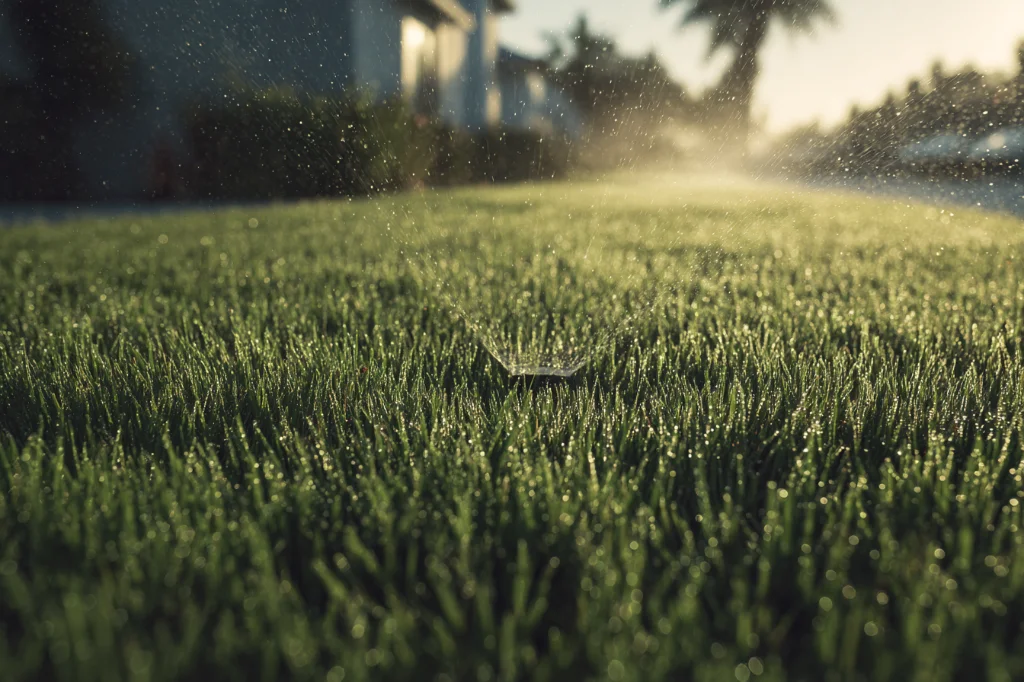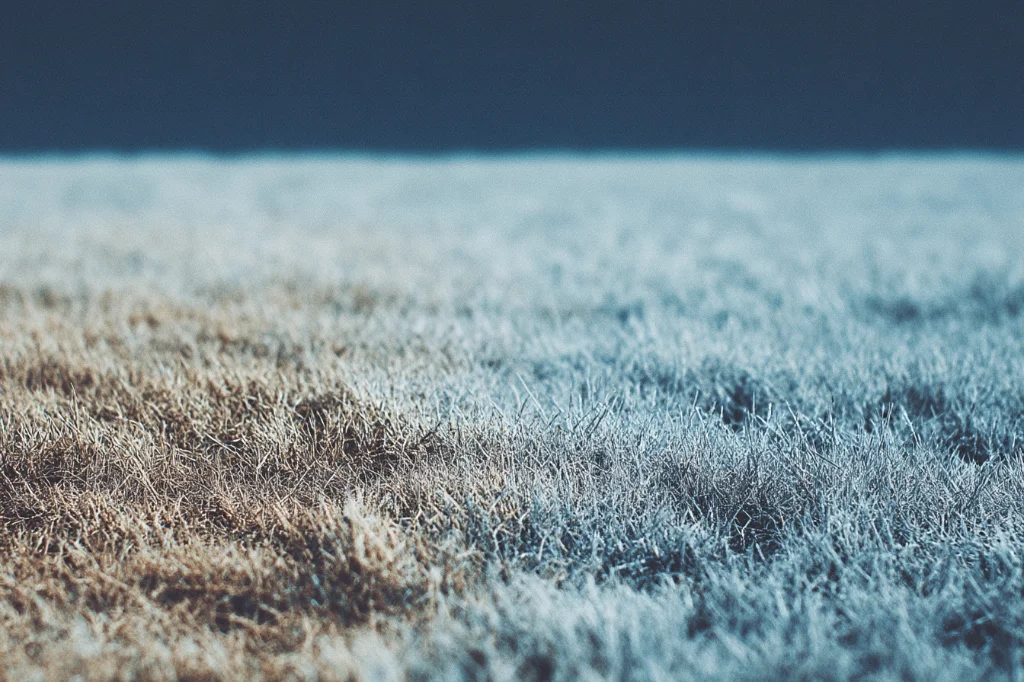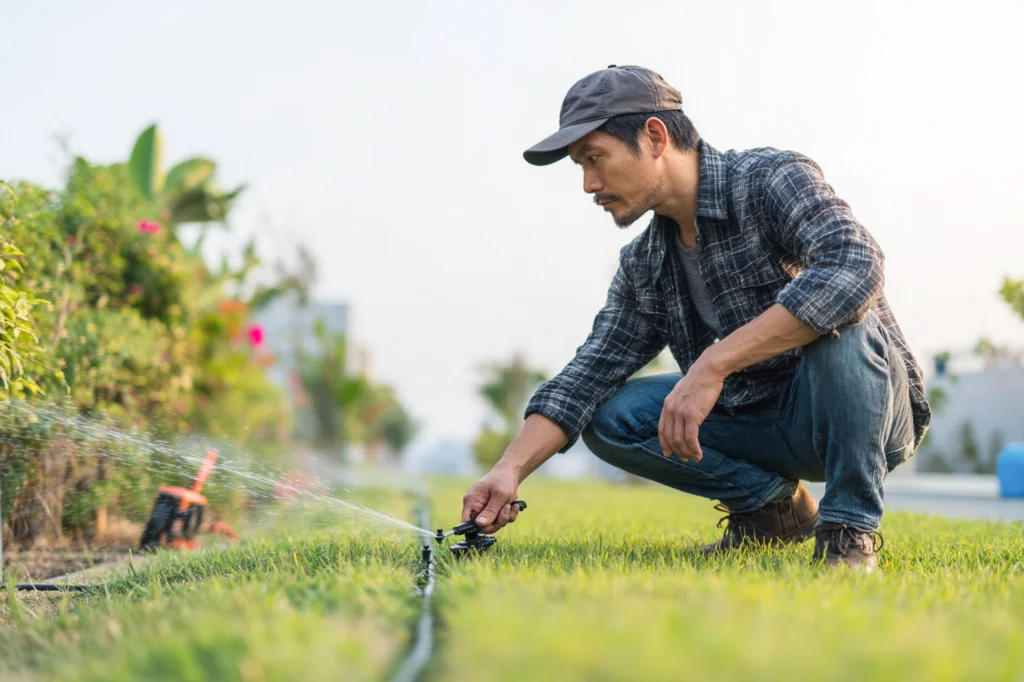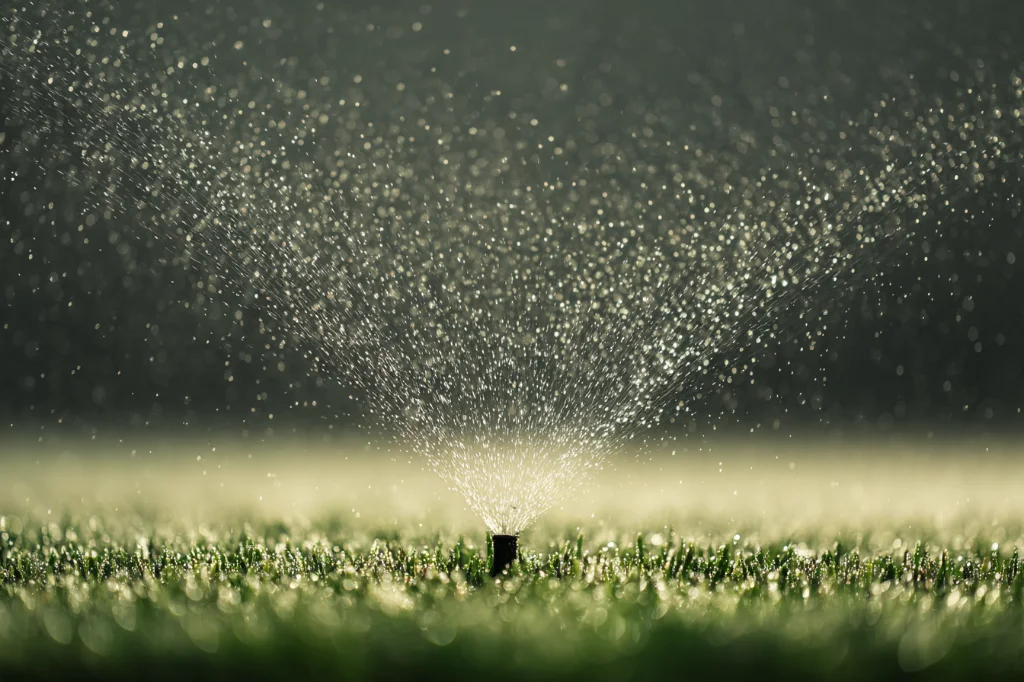Summer can be tough on lawns: hot temperatures, scorching sunlight, and unpredictable rainfall. To keep your lawn green, healthy, and vibrant all season, setting up a thoughtful summer watering schedule is key. Proper watering not only sustains your lawn but also promotes deep-root growth, disease resistance, and drought tolerance.
Here’s how to build a summer watering plan tailored specifically to your lawn, using eco-friendly practices that align with Greenstripe’s sustainable approach.
Understanding Your Lawn’s Water Needs
Different grass types and local climates dictate watering requirements. Before setting your schedule, it’s essential to know your lawn type:
Grass Type | Recommended Weekly Watering |
Cool-season grasses (e.g., Kentucky Bluegrass, Ryegrass) | 1 to 1.5 inches weekly |
Warm-season grasses (e.g., Bermuda, Zoysia) | 0.5 to 1 inch weekly |
Local climate also impacts water needs significantly. Lawns in Essex and Union Counties, New Jersey, typically experience warm summers with occasional drought periods, making careful watering essential.
Best Time of Day to Water Your Lawn
Timing matters tremendously when it comes to watering:
- Early Morning (4–8 AM): The ideal watering time. Water has time to penetrate deeply, and grass blades dry quickly, reducing disease risk.
- Midday: Avoid watering during peak sunlight hours, as evaporation will waste water and scorch grass blades.
- Evening: While it may seem practical, late evening watering promotes fungal diseases due to prolonged moisture on the lawn.

Frequency and Duration of Watering
Frequent, shallow watering encourages weak, shallow roots, making lawns susceptible to drought and heat stress. Instead, follow a deeper, less frequent watering routine.
Recommended watering guidelines:
- Water deeply 1–2 times per week, providing about ½ to ¾ inches of water per session.
- Allow the soil to dry slightly between waterings to promote deeper root growth.
- Use a rain gauge or empty tuna can to measure water accurately.
Landscaping and Drainage
- Improve Drainage:
Ensure your yard slopes away from the house so water doesn’t pool. - Rain Gardens:
Consider installing a rain garden that directs water into the soil rather than allowing it to stagnate. - Permeable Surfaces:
Use permeable paving materials to improve water runoff and reduce standing water areas.
These steps lower the number of breeding sites and cut off the life cycle of mosquitos before they mature.
Signs Your Lawn Needs Water
Keep an eye on your grass—it will tell you when it’s thirsty. Common signs include:
- Bluish-grey hue.
- Grass blades curling or wilting.
- Footprints remain visible after walking on it.
Respond quickly to these signs to prevent stress and damage.

Incorporating Weather into Your Schedule
Adjust your schedule based on weather forecasts and actual rainfall. After significant rainfall (around ½ inch or more), skip your scheduled watering to conserve water.
Consider integrating smart irrigation controllers or moisture sensors into your system to automate adjustments based on real-time weather conditions. These tools significantly improve water efficiency, lower bills, and maintain healthier lawns.
Tips for Water Conservation and Efficiency
Maximizing efficiency reduces water waste and lowers your environmental impact:
- Inspect sprinklers regularly: Check for leaks, misaligned heads, and damaged components monthly.
- Aerate annually: Core aeration helps water penetrate deeply, promoting healthier root systems.
- Use mulch in landscaped beds: Mulch reduces evaporation, conserves moisture, and suppresses weeds.
- Choose drought-tolerant grasses and plants: Integrate hardy species in your landscaping for reduced water demand.

Sample Summer Lawn Watering Schedule
Use this simple schedule as a starting point, adjusting based on your lawn’s reaction and local weather conditions:
Day | Activity |
Monday | Water deeply (½–¾ inch), early morning |
Tuesday | No watering (observe conditions) |
Wednesday | Inspect moisture; water if needed |
Thursday | No watering |
Friday | Water deeply if needed (early morning) |
Saturday | No watering |
Sunday | Routine maintenance checks (sprinklers, soil) |
Monitoring and Adjusting Your Schedule
Consistently monitor your lawn’s condition and adjust your watering plan as summer progresses. Early summer watering differs from midsummer heat waves. Be adaptable and proactive, tailoring the schedule based on observed needs and forecasts.
For personalized guidance or to implement automated, sustainable irrigation systems, connect with Greenstripe’s lawn care experts.
Frequently Asked Questions
How long should I water my lawn during each session?
Typically, lawns need about ½–¾ inches per watering. Using a sprinkler, this usually takes 30–40 minutes, but measure precisely with a rain gauge.
Is it better to water daily or less frequently?
Less frequent, deep watering encourages stronger, deeper roots, making your lawn more drought-resistant.
What should I do after heavy rainfall?
Pause your watering schedule after substantial rainfall (½ inch or more). Resume once the soil dries to about an inch deep.
Can I water my lawn at night if mornings aren’t an option?
Night watering increases the risk of fungal diseases. If mornings aren’t feasible, late afternoon (4–6 PM) is your next best choice.
How can I tell if my lawn has received enough water?
Perform the “screwdriver test.” If a screwdriver easily penetrates 4–6 inches, your lawn is adequately watered.



